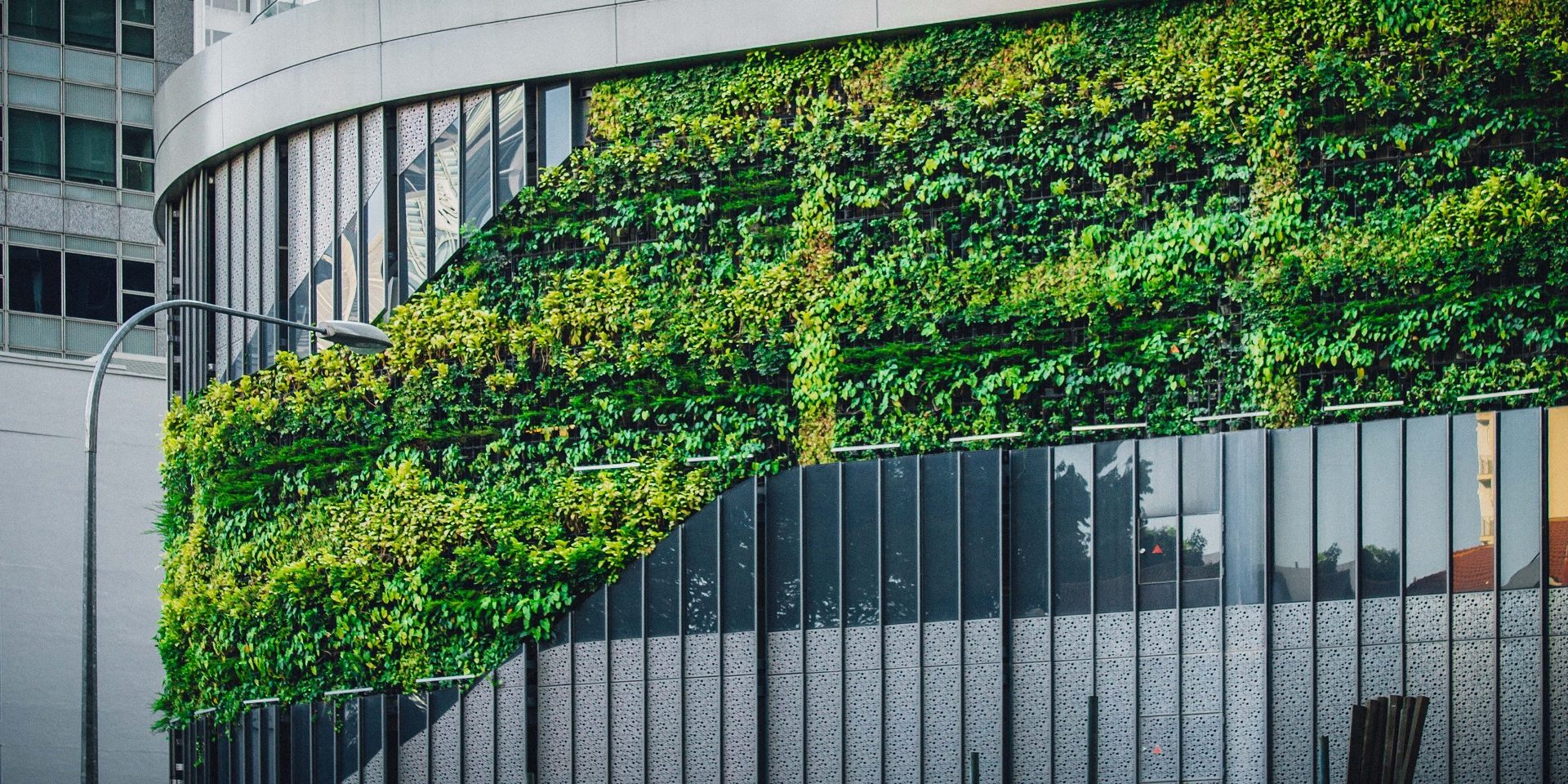The growing awareness of sustainability in the real estate sector and energy efficiency is becoming more and more consolidated and has managed to position Spain among the ten countries most committed to the environment in this area.
According to the data compiled by the Economist, Spain has crept into the top 10 global labels as prominent as Leed, Breeam or Well.
But what do we know about these certifications?
READ. Leadership in Energy and Environmental Design. It is an international standard developed by the U.S. Green Building Council in the late 1990s in the United States. Its objective is to identify those buildings that meet the highest sustainability measures, addressing the evaluation of different categories: integrating process, location and transportation, sustainable plot, efficiency in the use of water, energy and atmosphere, materials and resources, air quality. interior, innovation and regional priority. It also includes other additional categories depending on the Rating System chosen according to the use of the building. The review can be joint or separate (design and construction). It also certifies building operations and maintenance. It includes all the phases of the life cycle of the building. The USGBC itself explains that “with LEED Certification a building reduces energy use by between 30% and 70%, water use by 30% to 50%, the cost of waste between 50% and 80%, and 35% of CO2 emissions″. The purely economic one can be added to energy efficiency since, in addition to allowing considerable economic savings in energy costs, a LEED project increases the rental and resale value. Many international companies only consider buildings with the LEED seal when establishing their headquarters.
If you want to know an example of a building with a LEED GOLD Certificate, travel with us to Arturo Soria in our search engine.

BREEAM. Developed by the BRE (Building Research Establishment) in the early 1990s in the United Kingdom, the certificate assesses the sustainability levels of a building, both in the design phase and in the execution and maintenance phases. It is a sustainability assessment and certification system. It is necessary to contact an advisor recognized by BREEAM, who will carry out all the registration, monitoring and evaluation work to obtain the certification of the sustainability of the building. The system includes the following categories: management, health and wellness, energy, transportation, water, materials, waste, soil and ecology, pollution and innovation. Each category includes a series of objectives that, if achieved, award credits. The final grade will depend on the number of credits obtained. Includes design phase, construction and maintenance.
To find out what a BREEM building is, visit The Icon
![]()
WELL:
It is awarded by the International Well Building Institute and is very similar in concept to LEED. In fact, it is also certified by the Green Business Council Inc. (GBCI). However, the approach is different. The objective of Well Boulding is to certify that the space works for the health and well-being of the occupants, based on various categories, specifically: air, water, nutrition, lighting, exercise, thermal comfort, acoustic comfort, material, mind and committed community. with those values. That is why it is complementary with other certifications.
An example of a LEED & WELL building can be found in the heart of Azca. If you want to admire it, click here

A good combination of certifications in a building is LEED & WELL since the current versions of each standard have several certification points in common.
Both certifications are perfectly complementary and applicable both to entire buildings and to independent spaces within them, which is why many projects choose to implement them together.
Finally, it should be noted as recent and, of Spanish creation, AIS is considered a leader as a specific certification in accessibility.







